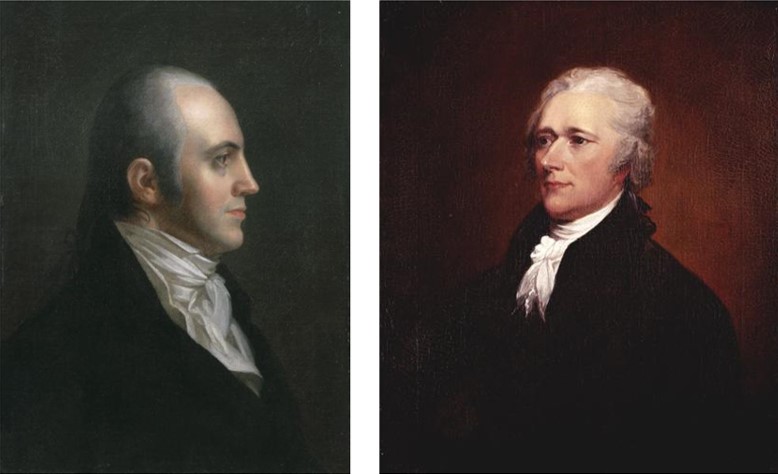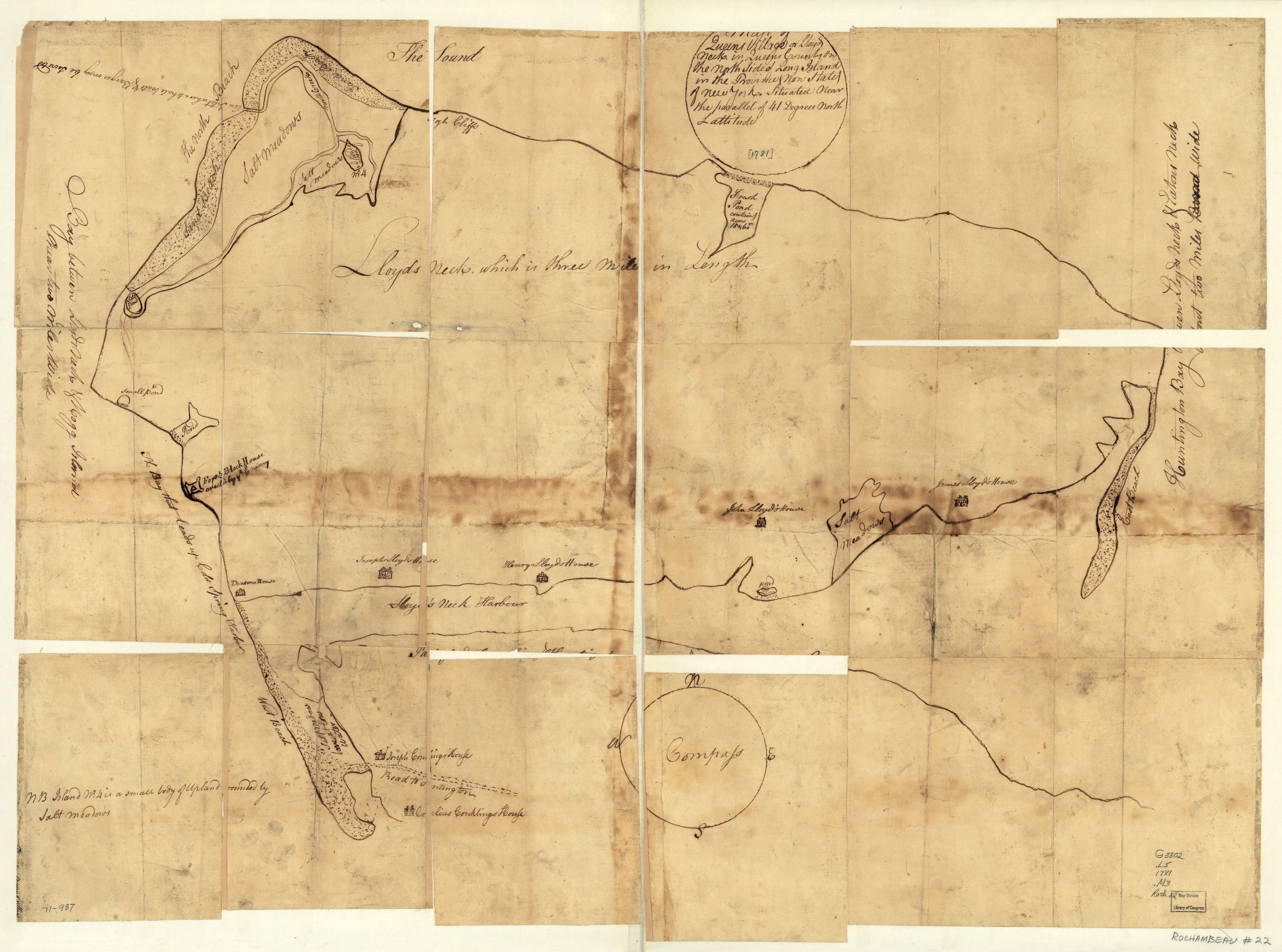Curious how the rivalry between Alexander Hamilton and Aaron Burr connects to the Joseph Lloyd Manor? Read on to find out!
Long before Alexander Hamilton (1755/57–1804) and Aaron Burr (1756–1836) faced off at Weehawken on July 11, 1804, the pair often found themselves dueling each other from opposite sides of the courtroom as attorneys for opposing plaintiffs and defendants. We recently came across an 18th-century judgement documenting such a case involving Preservation Long Island’s own Joseph Lloyd Manor. Burr served as counsel for the plaintiff, John Lloyd II (1745–1792) and Hamilton for the defendant, Charles Hewlett (1742–1801).

John Lloyd II had inherited the manor house on Lloyd’s Neck from his uncle, Joseph Lloyd (1716–1780), who commissioned its construction in 1766–67. Just ten years after it was built, the British claimed victory at the Battle of Long Island/Brooklyn and Joseph fled for Connecticut, where he died in 1780. After the war, John and his family returned to Long Island and moved into Joseph’s old house. The British Army was gone, but the family’s legal battles over the Manor were only just beginning. The Lloyds, like many other Long Islanders who lived through the American Revolution, sought compensation for damages to their property incurred during British occupation.

Charles Hewlett was a Long Island-born Loyalist captain who served under his cousin, Colonel Richard Hewlett (1729–1789), in Brigadier General Oliver De Lancey’s 3rd Battalion. The Hewletts were staunch Tories and the two cousins were among the British troops garrisoned near Fort Franklin on Lloyd’s Neck. As the executor of Joseph Lloyd’s estate, John Lloyd II’s “plea of trespass” relates to unlawful “breaking and entering,” the removal of thousands of trees, and the destruction of property valued at 2,000 pounds between the years 1776 and 1781. Represented by Aaron Burr, John Lloyd II brought his suit against Charles Hewlett, represented by Alexander Hamilton, to the Supreme Court of the Judicature of the State of New York in 1784. The same year, Lloyd filed a companion case against John Hewlett, Jr. for seizing cattle.
Aaron Burr and Alexander Hamilton were both prominent young attorneys in a post-Revolutionary New York grappling with the aftermath of years of war-time occupation. A year before Lloyd launched his case against Hewlett, the New York State Legislature passed the Trespass Act which allowed Patriots to sue anyone who occupied, damaged, or destroyed their property while in the hands of the British. Alexander Hamilton protested anti-Tory legislation and made a name for himself representing former Loyalists. Hamilton believed that the New York Trespass Act violated the 1783 peace treaty between the United States Congress and England. According to Hamilton biographer Ron Chernow, “…the vendetta against New York’s Tories threatened the whole political, economic, and constitutional edifice that he visualized for America.” In total, Hamilton handled 45 cases that invoked the Trespass Act, including two others brought to court by John Lloyd II. Although it is not documented, Aaron Burr likely represented Lloyd in both these cases as well.

Alexander Hamilton found great success fighting against New York’s anti-Tory laws, but he would not win the case against Charles Hewlett. In 1790, a jury ruled in favor of John Lloyd II and found the defendant guilty. Just as Alexander Hamilton’s and Aaron Burr’s political rivalry was beginning to smolder, Burr bested Hamilton in the courtroom over damages to Lloyd’s Neck. Burr would do it again fourteen years later, but this time with fatal results on the dueling grounds at Weehawken.
Head over to the New York State Archives to read the entire hand-written four-page judgement between John Lloyd II and Charles Hewlett. Having trouble reading the 18th-century script? Check out this handy paleography guide from the UK National Archives.
By Sarah Kautz, Preservation Director and Lauren Brincat, Curator, Preservation Long Island
Published July 2, 2020



